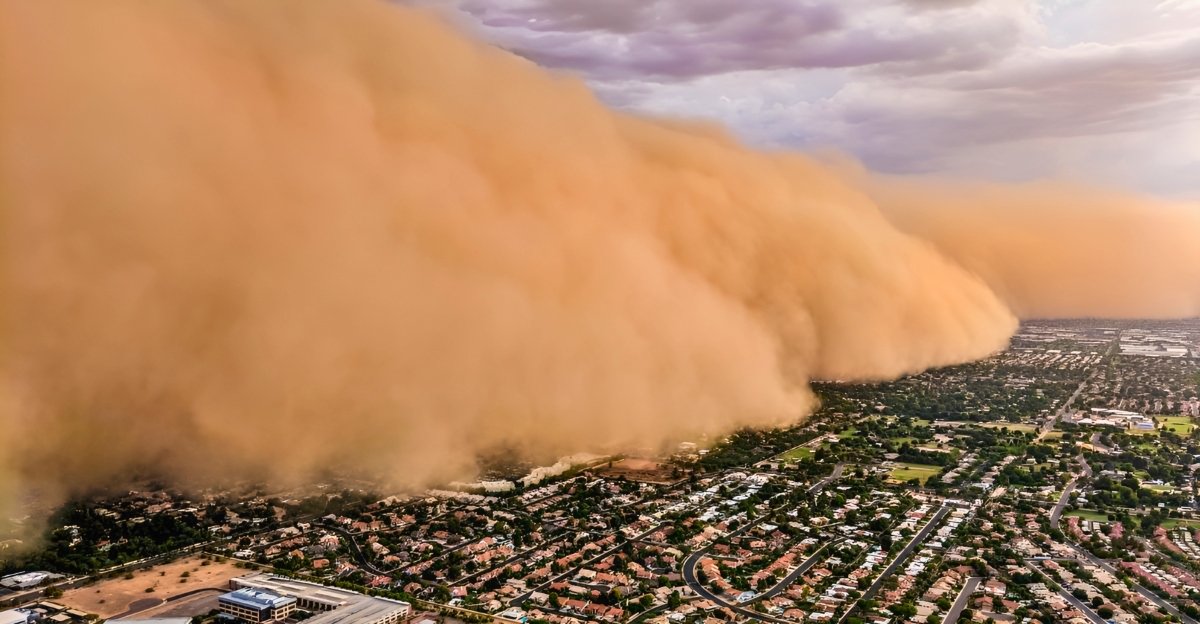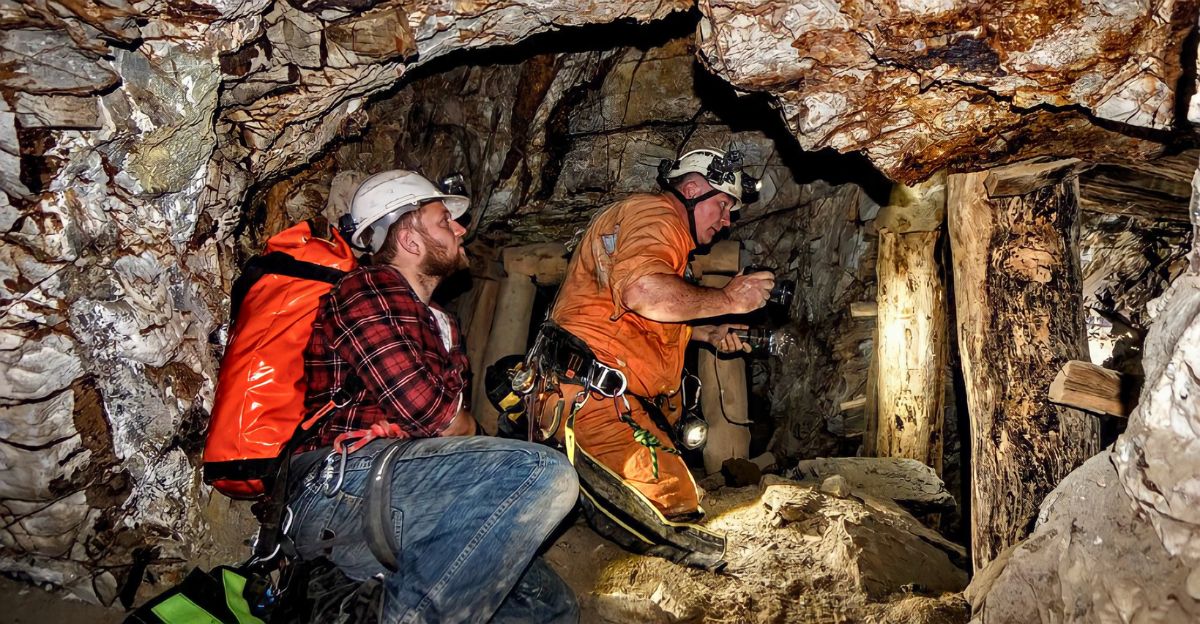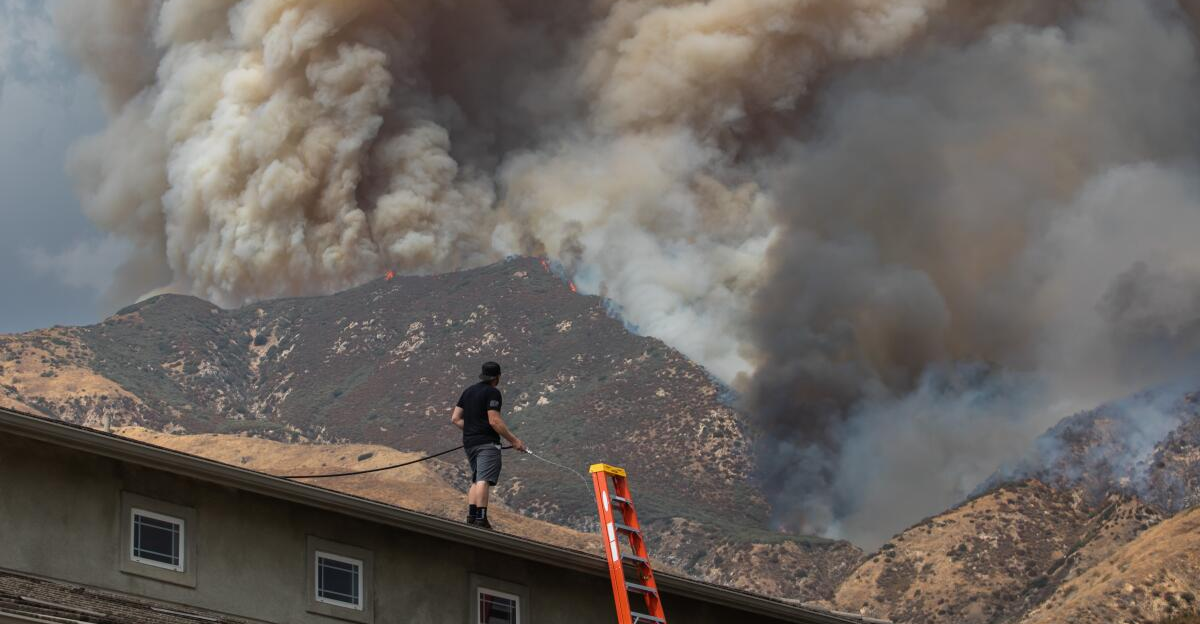
The air quality in several states has declined substantially following recent wildfires in Canada. Millions of Minnesota, Illinois, Indiana, Wisconsin, Michigan, and Nebraska residents face health impacts as smoke moves south from Canada and into the U.S.
Some groups may be more vulnerable to health concerns following the event and have been urged to limit their exposure to air pollution by staying indoors.
Wildfires

The reduction in air quality started after rampant wildfires spread in Canada, notably in provinces like Manitoba and Saskatchewan. The smoke was carried across borders, aided by a cold front.
The National Weather Service always monitors air quality and quickly notices the increase in airborne particulate matter. With the implications on the health of millions, officials released relevant advisories for people living in the U.S. Midwest and Great Lakes region.
Air Quality Alerts
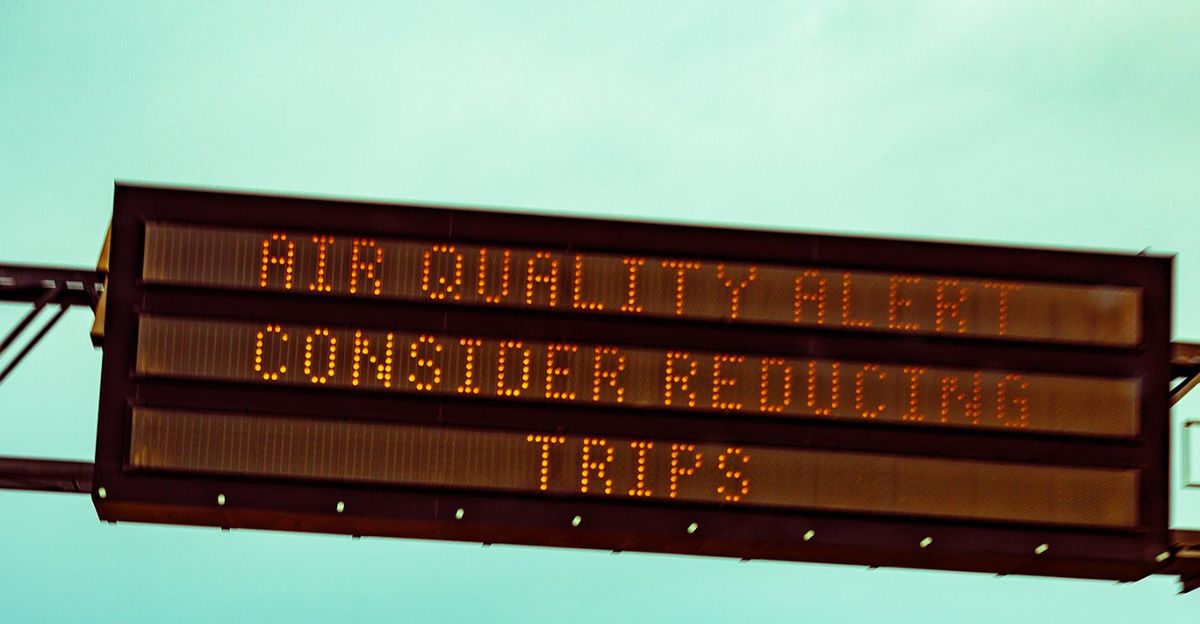
While the wildfires are contained, the smoke has far-reaching consequences for people in the U.S. PM2.5 and ozone are among the substances in the smoke.
The particles are too small for people to notice, who unwillingly inhale them until they reach the lungs and even the bloodstream. Inhaled in high quantities, these particles can make healthy individuals sick and exacerbate existing respiratory illnesses.
Vulnerable Populations
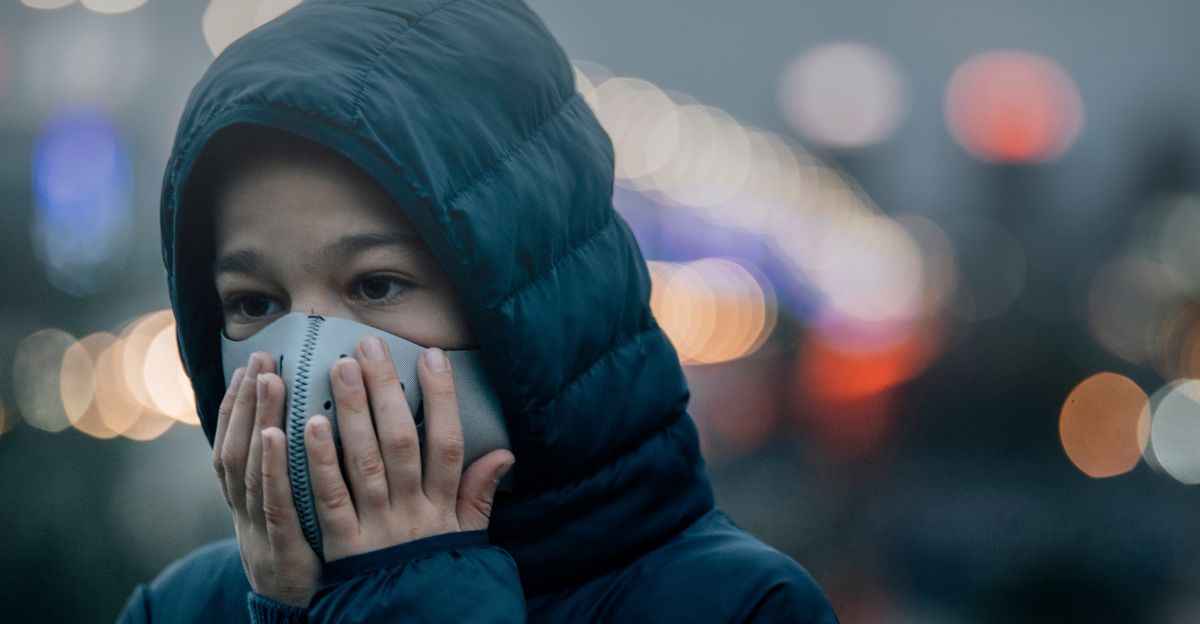
Among the most vulnerable individuals are children, the elderly, and those with respiratory or heart illnesses. Even a small amount of inhaled particles can have a huge impact on the health of these populations, leading to asthma attacks, heart problems, and breathing issues.
Healthy residents should also be cautious, as too much inhaled can cause coughing, sickness, a burning throat, and difficulty breathing. Other individuals who could be at risk are pregnant women and people with diabetes.
Regions Hit Hard
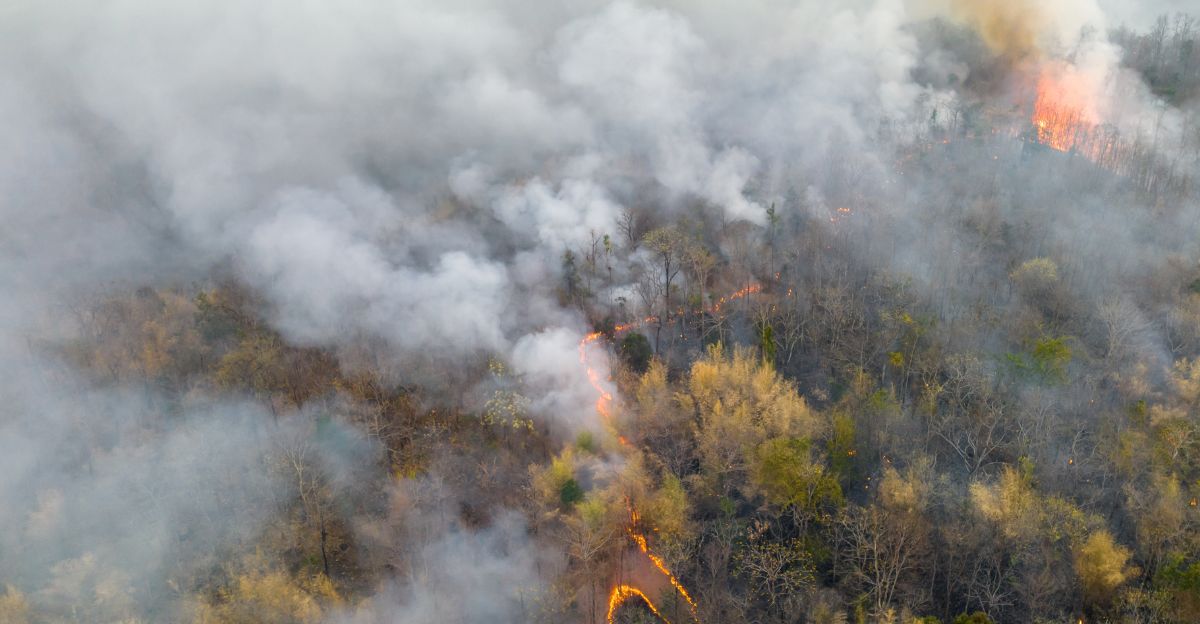
The aforementioned states hit the regions most affected by smoke the hardest. Specifically, counties like Mackinac, Chippewa, and Marquette in Michigan face poor air quality.
Some cities in these counties have had their Air Quality Index go above 200, which is an extremely unhealthy sign. Other states, like South Carolina, have released alerts tied to ozone. However, this had nothing to do with the wildfire smoke.
Air Quality Index
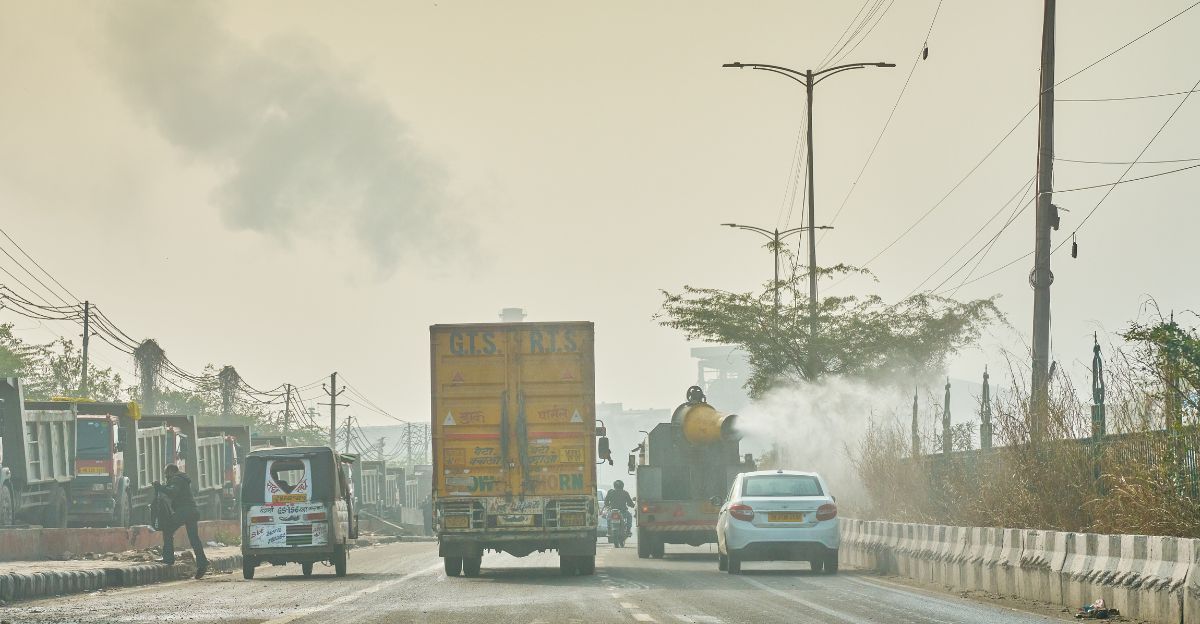
Air Quality Alerts are important safeguards triggered when air quality drops below a certain threshold. Five colors are related to the Air Quality Index, including green, yellow, orange, red, and purple. From green to purple, the air quality gets increasingly worse, and orange is considered particularly unhealthy for vulnerable groups.
Alerts are issued to the public through various media, including news stations, weather apps, and websites. These warnings also state when air quality improves and when residents can expect it to return to normal.
What Vulnerable Groups Should Do

While the air quality remains poor due to the wildfires, vulnerable groups are recommended to stay indoors in the best interest of their health. Even healthy individuals should be mindful of the air quality and limit outdoor activities during this time.
Doors and windows should stay closed to prevent air pollution from getting into homes. Air conditioners and air purifiers can help against poor air quality, keeping circulation high and contaminants to a minimum.
How Daily Life Will Be Affected
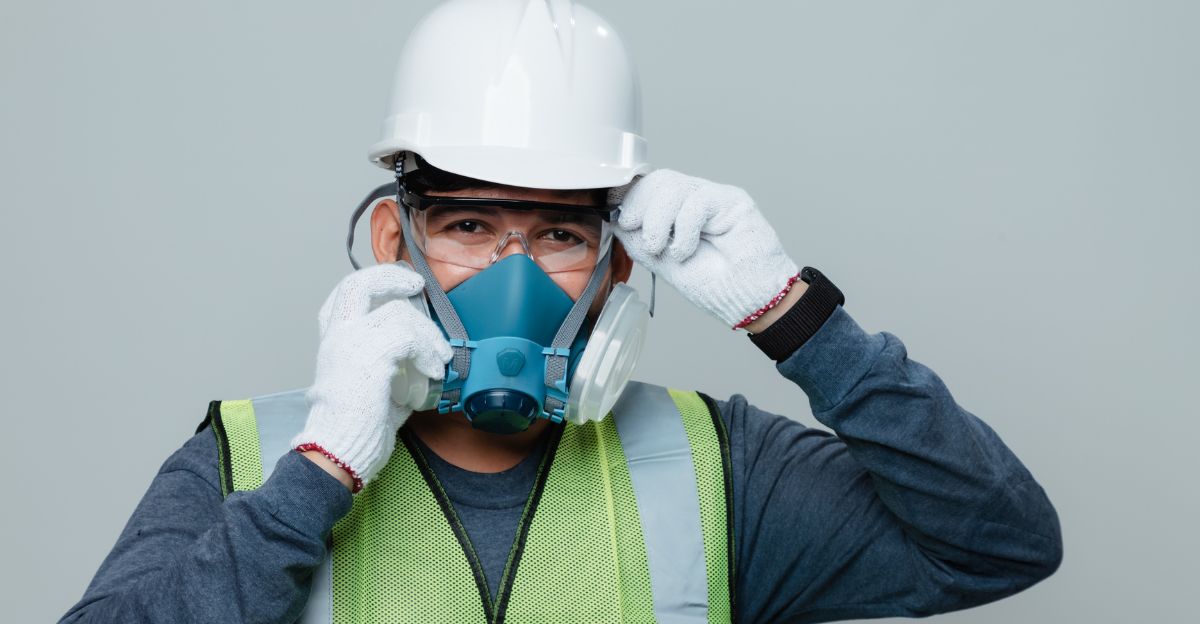
While many outdoor activities may have to be disrupted, it is all for the benefit of the population’s health. Children may have to be kept indoors during recess, and outdoor events like sports and festivals could be postponed to a later date.
If the air quality gets worse, employees who work outside may have to wear masks or limit their hours. Hospitals should expect to see people being admitted due to respiratory concerns caused by the air quality.
Happening More Often
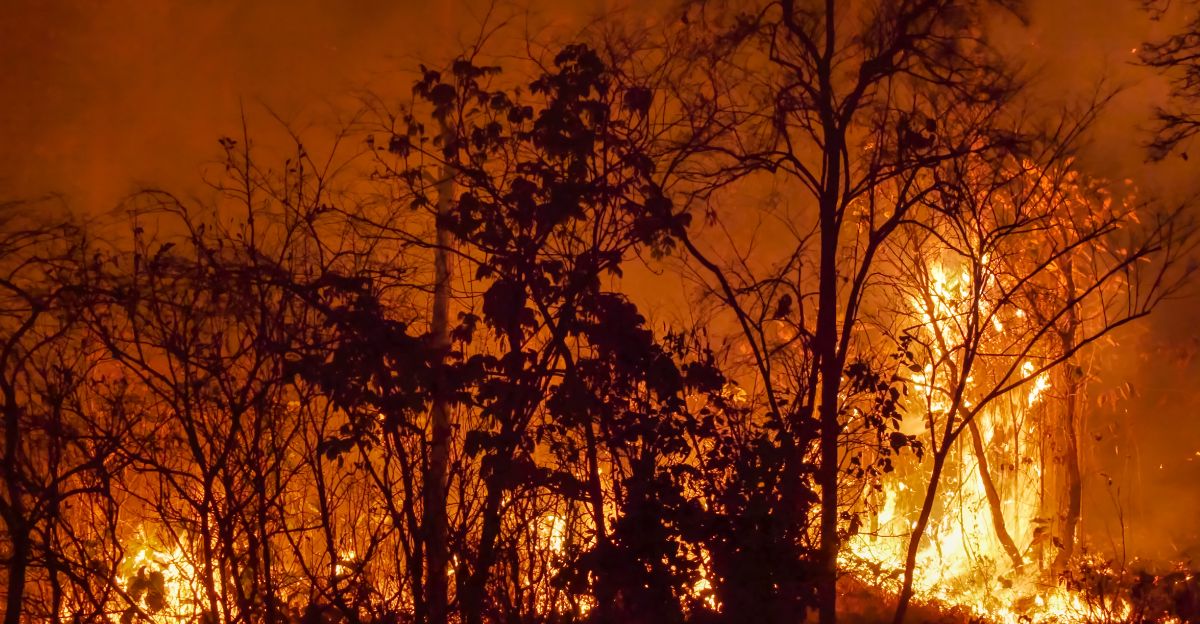
As we wait out this most recent batch of bad air caused by wildfires up north, the future is only expected to get worse. Climate change is exacerbating wildfire seasons, making them break out more frequently and burning for longer.
Both the United States and Canada have seen an uptick in wildfires, which could mean worse air quality for nearby regions. Officials will continue to monitor the air quality and release the relevant alerts, but communities should be prepared.
How To Stay Informed
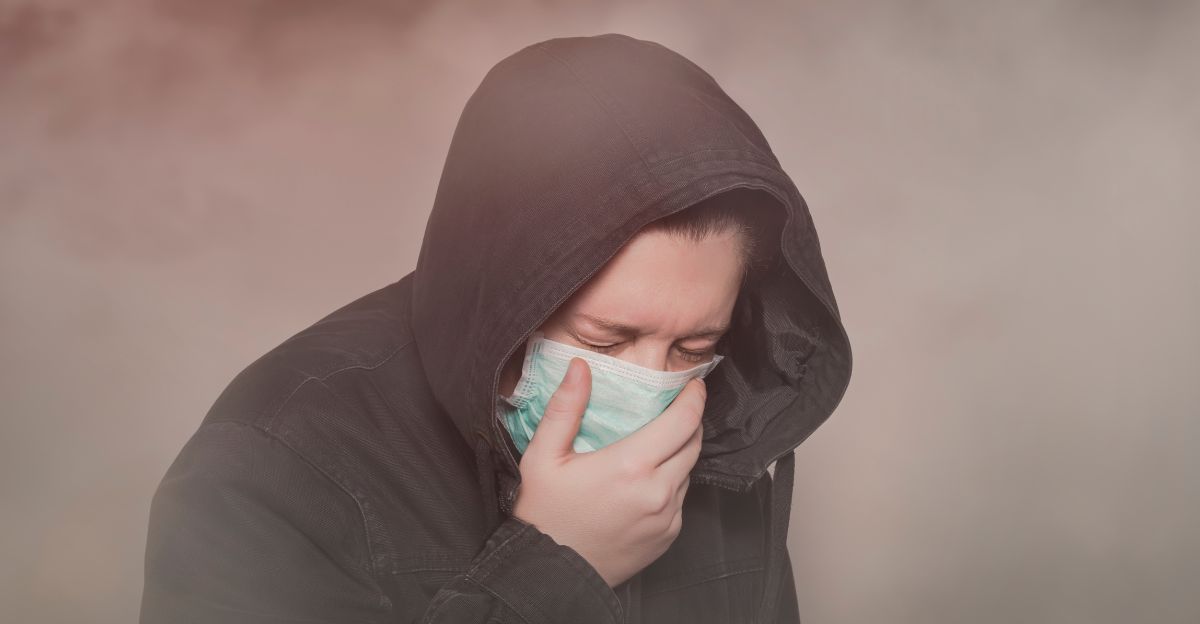
The wildfires in Canada are being monitored closely, and if they continue to spread or the winds blow the smoke south, we could see more states with Air Quality Alerts.
Residents can stay informed and up to date with the situation by checking in with news channels, looking at their preferred weather app, and visiting government weather websites. Follow guidelines, especially if you fall into vulnerable groups, and brace for it to be over.
Uncover more fascinating moments from history — and hit Follow to keep the stories flowing to your feed!

Don’t miss more incredible stories from the past! Tap Follow at the top of this article to stay updated with the latest historical discoveries. Share your thoughts in the comments — we’d love to hear your perspective!

